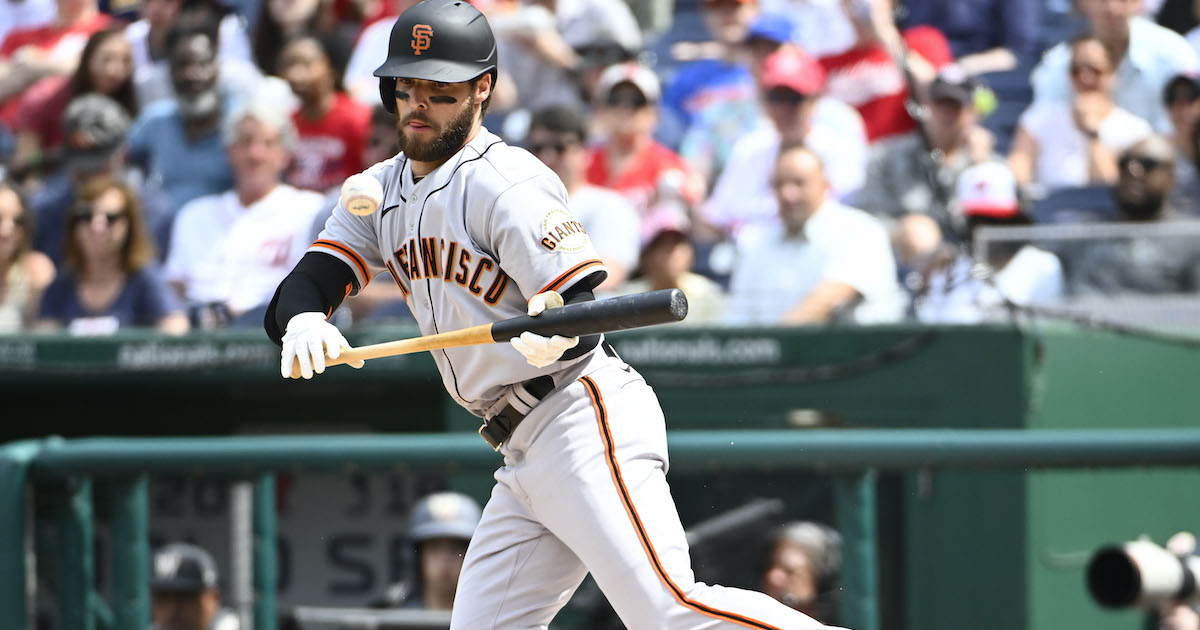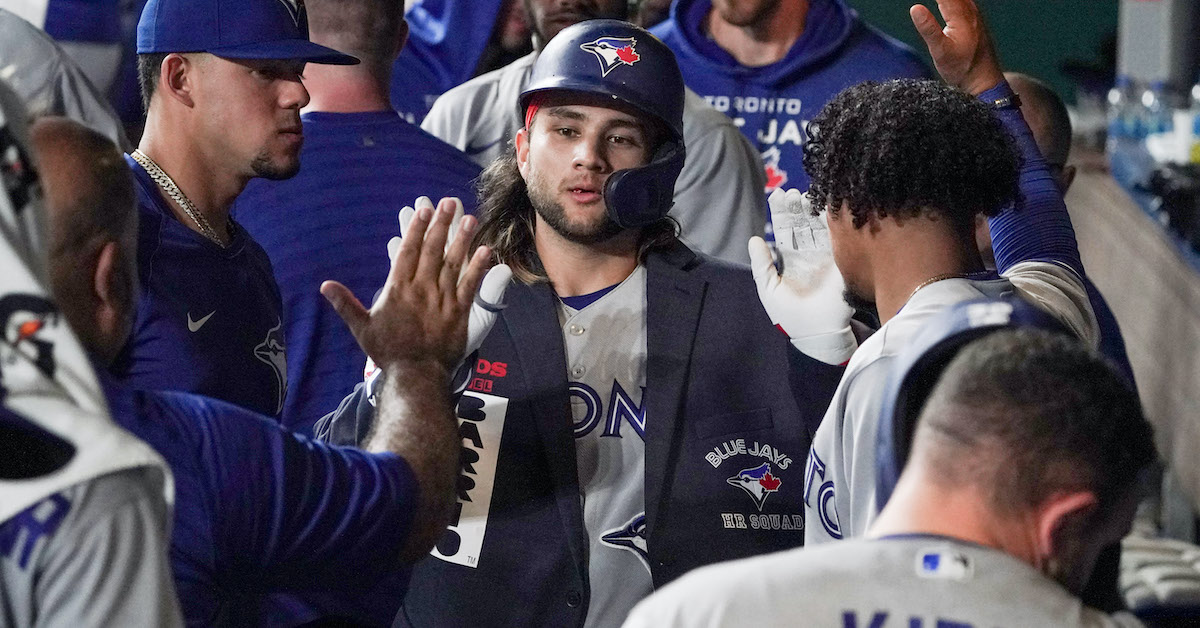How Paul Sewald Learned His New (and Really Good) Slider in Seattle

The Learning and Developing a Pitch series is back for another season, and we’re once again hearing from pitchers on a notable weapon in their arsenal. Today’s installment, presented in a Q&A format, features Seattle Mariners reliever Paul Sewald on his slider.
Since signing with Seattle as a free agent prior to last season, Sewald has won 12 of 16 decisions, logged 15 saves, and has a 2.86 ERA, a 3.20 FIP, and 123 strikeouts in 85 innings. The 32-year-old right-hander has thrown his signature slider — a pitch he completely revamped after coming over from the New York Mets — 42.8% of the time.
———
David Laurila: You’ve developed a great slider. What’s the story behind it?
Paul Sewald: “Since the beginning of time — before TrackMan, before Rapsodo, before everyone realized exactly what the pitch does — every pitching coach in the history of the world said, ‘You need two planes on your slider, you can’t have it go just sideways. That’s not how you get outs.’ So that’s what I thought. I tried to make it have two planes.
“When I first started throwing it, it was very slurvy. It wasn’t very hard, but it did move in two planes. It wasn’t a curve. It wasn’t a slider. It was somewhere in the middle. That’s how I grew up throwing it, and I always went back to that line of thinking. Slurvy or not, it had to have two planes.
“Then I got over here to the Mariners and it was, ‘We don’t care if it moves one centimeter down, we just want you to sweep it as far as you can possibly sweep it.’ I said, ‘OK, that’s interesting. I haven’t been trying to do that, but I throw across my body, so it seems like something I could do.’
“Immediately that worked. It was overnight. In camp last year, I didn’t pitch very well, but that was because of my fastball. The slider was very good. As soon as they told me, ‘We don’t care about any depth, we just want sweep,’ I took off with the slider. It was a very easy and very comfortable switch for me.”
Laurila: Outside of having the right delivery — throwing across your body — how did you go about getting the action the Mariners were looking for? Read the rest of this entry »








